Xanthippe
Harmless

Posts: 9
Registered: 20-1-2012
Member Is Offline
Mood: No Mood
|
|
Axis Manufacture of Hydrogen Peroxide
These instructions will provide enough hair bleach for a lifetime.
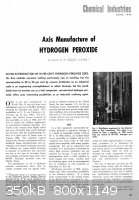 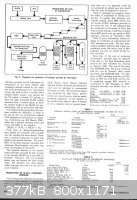 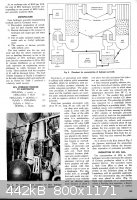 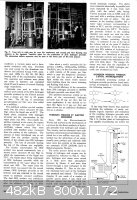 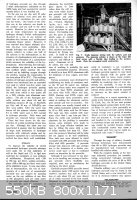
|
|
|
aaparatuss
Harmless

Posts: 41
Registered: 12-7-2011
Location: indepth
Member Is Offline
Mood: questing
|
|
enjoyable. thanks
the Germans had it all except an easy front.
|
|
|
AndersHoveland
Hazard to Other Members, due to repeated speculation and posting of untested highly dangerous procedures!
    
Posts: 1986
Registered: 2-3-2011
Member Is Offline
Mood: No Mood
|
|
Yes, the Japanese methods of "industry" during the war were rather comical...
|
|
|
franklyn
International Hazard
    
Posts: 3026
Registered: 30-5-2006
Location: Da Big Apple
Member Is Offline
Mood: No Mood
|
|
@ Xanthippe
Thanks for that, made your images into a pdf
Attachment: Hydrogen Peroxide axis manufacture.pdf (754kB)
This file has been downloaded 774 times
.
|
|
|
garage chemist
chemical wizard
    
Posts: 1803
Registered: 16-8-2004
Location: Germany
Member Is Offline
Mood: No Mood
|
|
I have the book from 1951 (Willi Machu, "Das Wasserstoffperoxid und die Perverbindungen") that details the german wartime process for hydrogen
peroxide manufacture.
Essentially they electrolyse a solution of ammonium hydrogen sulfate and excess sulfuric acid with diaphragm and hydrolyze the persulfate by
distillation with superheated pressurized steam. The distillate is vacuum fractionated to obtain the desired peroxide concentration.
The anode for the electrolysis is made of smooth platinum foil mechanically bonded to tantalum sheet by rolling, hammering or welding. There was
experimentation towards alloys of platinum, but even a few percent of iridium already sharply decrease the current yield, and it was stated that
smooth platinum of at least 99% purity is the only suitable anode material.
A special feature of this process was the hydrolyzer/evaporator, where the persulfate is hydrolyzed and the H2O2 simultaneously volatilized. If the
ammonium persulfate-bearing electrolyte were simply subjected to atmospheric distillation, then crystallizing salts would give rise to bumping and
encrustation of the heat exchanger surfaces, along with decomposition of the H2O2 since it decomposes rapidly at 100°C.
Instead, steam at 220°C and 5 bar pressure flows through an aspirator nozzle and entrains the electrolyte, which is flash heated and the vapors are
immediately quenched then.
The hydrolysis and evaporation happen within a few milliseconds at far above 100°C, and there is almost no decomposition because of the short dwell
time at this temperature.
This electrolytic H2O2 process is easy from a chemical view, the know-how is all in the engineering.
|
|
|